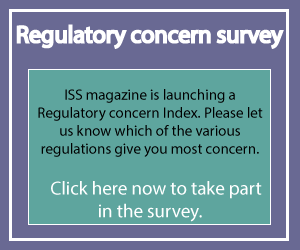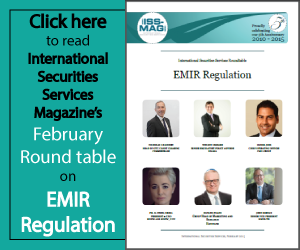By Robin Swain and David Swallow of the Bank of England’s Prudential Policy Directorate.
On 1 January 2016 a new regime for the prudential regulation of European insurance companies will be implemented under Solvency II. 'The prudential regulation of insurers under Solvency II' begins by examining the business model of an insurer, gives a condensed history of insurance regulation to date and draws out the key features and benefits of the new legislation.
Insurance companies perform a key function in the economy. If the industry is not sufficiently resilient to financial shocks then both policyholders and the economy could suffer. There is a need for effective, risk-based regulation and supervision of this important industry - Solvency II marks a substantial move forward in this regard.
Solvency II is the culmination of a 13 year modernisation project to introduce a forward-looking, risk-based capital regime that provides greater incentives for firms to improve their understanding and management of the risks they face – marrying together risk and capital. However, for the UK, Solvency II should be seen as more of an ‘evolution’ – rather than ‘revolution’. UK insurance firms should be well prepared for these transitions as they already operate to a risk-based capital regime under the remit of ICAS.
What is the purpose of Solvency II? At its core, Solvency II aims to secure a consistent and appropriate level of protection for consumers throughout Europe. The new regime will harmonise an EU framework that has, over time, become increasingly fragmented.
Its intent is to create a safer and more resilient insurance industry, reducing the probability of firms failing. However, in addition to these overarching principles, Solvency II introduces several key features, the collective impact of which is to ensure firms identify, quantify and manage risks on a forward-looking basis, in addition to providing greater transparency:
- market-consistent valuation of assets and liabilities;
- enhanced quality of capital;
- a forward-looking and risk based approach to capital requirements;
- improved governance and risk management requirements;
- a rigorous approach to group supervision; and
• strengthened market discipline through increased firm disclosures.
These features, and the anticipated impact they will have, are explained throughout this informative, explanatory article. To read the full article please click here.


















